One of my favorite programs is also one of the most thankless services we offer.
That is, the Puppy Head Start Board and Train.
Puppy training in general is fine. People really enjoy bringing their puppies in for lessons and drop-in puppy classes. They tend to accept responsibility for their puppy’s behavior and understand that a big part of their puppy’s success depends on them.
But with the board and train it’s somehow different. I think it’s because people are spending thousands of dollars on training, and they want instant results.
That’s the problem.
Why sign up for puppy training…
When it comes to puppy training, by sending your puppy to live with a trainer for 2 to 4 weeks, you’re investing in your puppy’s future.
You’re acknowledging that puppy training is super important. That puppies need to be socialized. That they need to experience the world around them. That introducing puppies to basic commands and good manners early on prevents problem behaviors in the future.
After all, that’s why you sign up.
You know that we’re investing the time and energy into your puppy’s early training. Time and energy that maybe you don’t have at the moment. And, if you’re super knowledgeable, you know that puppies have a critical socialization window that closes when they’re around 16 weeks of age.
That means, assuming you get your puppy at eight weeks of age, you have just two months to hit the ground running with your puppy’s training.
It may seem like a lot, but time has a way of…flying by…if you know what I mean.
That’s why we created the Puppy Head Start Board and Train program. It’s your way of saying “I know it’s important [the socialization, exposure, etc] so I’ll pay you to do it!”
We then take your puppy for 2 to 8 weeks and invest between 2 and 3 hours a day into your puppy’s training and care.
Training your puppy
Over the years we have designed and tweaked our program to include what your puppy needs to learn and see and do, and what you as owners would like your puppy to learn.
We set your puppy up for success with crate training and potty training. That means lots of late-night potty breaks for your puppy and a structured potty schedule throughout the day. It involves crate drills and working round-the-clock to get your puppy the best, most optimized routine for crating and pottying success.
This way when your puppy comes home, you can sleep through the night. And you can put your puppy in the crate whenever you want to and enjoy peace and quiet.
This way you’re not cleaning up after your puppy for weeks or months on end. And listening to him scream bloody murder in the crate.
It’s a lot of work on our end, since most puppies are neither crate trained nor potty trained when they come to us. And while your puppy may not be completely house broken by the end of training (especially young puppies who are with us for two weeks versus older puppies who are with us for four weeks), you have a game plan and know how to finish out your puppy’s house training so you can enjoy a clean house and no messes on the floor.
We invest HUGELY into your puppy’s socialization and exposure training. We take the time to go on numerous field trips (7-14 per board and train), in addition to including your puppy in our everyday life, lessons and training activities. We invest into your puppy’s socialization and exposure to ensure they meet new people, go new places, experience new sights, sounds and surfaces, and meet well-behaved animals often.
We go above and beyond to show your puppy the great big world so that when he’s older he’s not afraid of things. This is probably one aspect of training that is not exactly noticed or appreciated. Why? Because puppy owners often don’t realize how important what we did really was.
You see, when puppies aren’t socialized- like so many “COVID puppies” out there (the puppies who didn’t go out all spring or summer) – they can (and usually do) grow up to be nervous dogs.
That nervousness is the NUMBER ONE CAUSE of behavioral problems. Nervousness leads to fear which shows its ugly face in barking, lunging, snapping, biting, shaking, peeing, anxiety, you name it. We are working with a dog right now who wasn’t socialized enough due to COVID and he’s in a four week Behavioral Rehabilitation Board and Train so we can try to improve his behavior. He’ll never be a happy-go-lucky dog. We’re trying to save his life, because right now he’s dangerous.
Unsocialized puppies
Puppies who don’t get socialized almost always end up with issues. Fear issues. Reactivity issues. Aggression issues.
No dog should live with a list of issues that were completely preventable (sorry, but it’s true). Genetics matters, of course, so there’s that—but from a purely training standpoint, early socialization and exposure do WONDERS in helping to prevent behavioral issues.
And if you aren’t seeing behavioral issues yet in an unsocialized one-year-old dog, just wait a year or two. Most unsocialized dogs start exhibiting aggression issues when they mature sexually, which is around 2-3 years of age. They’re no longer puppies, and they’re no longer going to tolerate this, that or the other thing…
It’s oftentimes this energy expended into socialization and exposure that goes unnoticed. That’s frustrating for sure, but we know what we’re doing is in the puppy’s best interest. We (I’m speaking for myself and my entire amazing team of trainers) go out of our way to go above and beyond. Because every experience. Every field trip. Every session – they matter to the puppy. They’re an investment that pays dividends in helping him live a happy, balanced life.
Obedience training, though, is probably the most misunderstood aspect of puppy training. In the puppy board and train, we take puppies who are jumping up, biting the leash, can’t focus, won’t take food – and transform them into puppies who appear lightyears beyond their age.
But they’re still puppies.
And that’s what I want people to remember.
And they’ve only learned one quadrant of training: Positive Reinforcement.
You see, positive reinforcement is rewards. When you reward a puppy for doing something, you’re reinforcing their behavior. Treats. Food. Smiling. Affection. Petting. They’re all rewards.
In our training, we use positive reinforcement primarily to teach puppies obedience skills. Focus. Sit. Down. Stay. Heel. Come. Place. Crate. Wait.
We use rewards to make training fun because Puppy Training is more than teaching obedience commands. Good puppy training teaches puppies how to learn and teaches them to LOVE training. Don’t you want your puppy to enjoy training?
We reward what we like, occasionally we stop behaviors we don’t like (using a slip lead which offers head control but doesn’t issue a correction) and most often, we ignore behaviors we don’t like. That combination (reward, stop, ignore) combined with meeting the puppy’s needs, sets up everyone for success – as much as you can at that age.
And that’s a key point. Puppies are puppies, remember I said that?
Unless you want to be a drill instructor and punish your puppy into obedience, you have to take your time and make training fun. Give your puppy an overall good experience with it. Allow mistakes. Shape his behavior. Be patient.
Primarily positive reinforcement puppy training
We don’t use metal prong collars or e-collars on puppies under 5.5 months of age…because long term (mentally and behaviorally) they don’t work.
Therefore we don’t teach reliable obedience around distractions…because without a prong collar…the training is incomplete.
For a super motivated dog who wants food or toys more than anything, you can go far. (My dog, Havok, was a dream puppy! We accomplished more than most by three months of age. Because he was a highly motivated puppy- it made my job significantly easier- and because I was a trainer who set him up for success. It was a recipe for success. Great genetics. Great upbringing.)
I’ve had the same great success in training with my protection puppies in-training for Valor Protection Dogs. I focus on relationship-based positive reinforcement training and don’t need to add training collars for a very long time.
But that’s not the norm.
For most puppies, your goal is to teach them obedience and teach a good mindset towards obedience. Not teach reliable obedience around any distraction. Unless you sacrifice something (like the puppy’s enjoyment of the training or happy-go-lucky spirit) you won’t accomplish reliable obedience before five months of age.
So our goal in the puppy board and train is introducing obedience. What we teach in a room without distractions might look beautiful, but once you take that puppy outdoors the obedience does get a little worse.
What’s A+ behavior in an empty room becomes C+ behavior outside. Not because the puppy doesn’t know what you’re asking him to do, but because the environment is utterly tempting – and the reward isn’t enough.
And that’s where owners get frustrated. They want their puppy to perform. After all, they paid thousands of dollars for training: “So why won’t he heel or come when called off leash!”
Because he’s not prong collar trained (yet) or e-collar trained (yet). That’s why.
Because your puppy is a puppy who’s been trained using Positive Reinforcement. Because in our seven years of experience and after training thousands of puppies, we’ve learned that the best puppy imprinting is done the way we do it. It takes time. And it takes patience. It also demands consistency. If you’re a wishy washy puppy owner, your puppy’s training will reflect your inconsistency!
We get frustrated when we tell owners to keep their puppy on a leash in the house, only to find out they aren’t. (And you wonder why your puppy is chasing the kids!) Or they complain about their puppy having an accident on the floor. (He gave you all the signs of needing to go out, but you were nowhere to be found!) We go over all the instructions on how to be successful at home in our private lessons, included with the board and train. But we don’t live with you. Your puppy’s success depends on you.
Read that last line again.
Be consistent. Be committed. And follow through. Give it a few months, and you’ll be ready for the next step in training (the prong collar and e-collar). That’s when the magic happens. When the painting is complete.
Stay far far away from the trainer who promises perfect puppy obedience behind closed doors- you don’t want him touching your puppy. Ever. (Good puppy training takes patience and time, it is not and should not be an overnight transformation.)
Puppies are like toddlers. What you teach at home will apply outside, but it might not be as good. “He knows what to do, but he’s not doing it.” Because your toddler is a child. And with age, he’ll get better and better! But sometimes your kid isn’t perfect. And your puppy isn’t either. And that’s okay!
That doesn’t mean you can’t expect things from your toddler—or your puppy – and it doesn’t mean the training goes out the window. It just means your expectations have to be REALISTIC.
That’s the key word. Realistic.
What you CAN expect from VK9 puppy training
We put a lot of work into puppies who train with us. And when they go home, we know we’re sending home a puppy who’s got great crate manners, has made a ton of progress with potty training, knows basic commands and has received invaluable socialization and exposure.
Depending on the length of the program, your puppy:
-knows his name and offers eye contact when you say his name
-can focus on you and hold still
-can sit on command
-can sit and stay
-can lay down on command
-can lay down and stay
-understands the place command
-can be calm while tethered to the place bed
-understands all four steps of the preheeling process
-will usually walk on a loose leash
-has had lots of recall drill training
-knows what “come” means but may not obey off leash
-goes into his crate on command
-waits in crate while you open and close the door, put leash and collar on and off
-comes out of crate on command when you give permission and then sits and waits
-has great crate behavior
-has good door manners to sit and wait while you open and close inside/outside door
-rides well in the car without barking, whining or getting stressed
-has impulse control abilities around food, toys, children, cats and other dogs
-and that’s not all…
It’s a LONG LIST. And it all takes dozens of sessions EACH to teach all of that to a young puppy with the attention span of a gnat on day one of training.
We also know that puppy hasn’t been allowed to get away with murder- no biting, no chewing, no digging in the yard, no chasing the kids. He’s thinking clearly, he’s had his needs met consistently, and he acts like a very mature version of himself who’s still happy-go-lucky and enjoys his life.
We invest in each puppy’s socialization with dogs too…A LOT. We teach puppies how to play properly. How to interact. How to speak dog. We teach them what’s allowable behavior and what’s not. (We have our amazing personal dogs to thank for this! Without them, we couldn’t do nearly as much socialization as we do. They’re great teachers!)
We spend time working with the owners- from start to finish. We update them. We send detailed emails. We do a midway lesson, two go home lessons and sometimes a follow-up lesson too (depending on the program length; longer programs include more lessons for the owners).
And many of our clients understand and appreciate what we’ve done. But some, still, can’t understand why their puppy is pulling on the leash or won’t come when called from out in the yard.
Check out these puppy training videos to experience what we teach in our board and train program!
Puppy Head Start Board and Trains (click to watch videos):
“Mac” an English Cream Golden Retriever
Your puppy’s not broken…we didn’t “fix” him
Puppy training is introducing puppies to the world around them. It lays a solid foundation upon which TO BUILD OBEDIENCE. It doesn’t take your puppy, fix it up, and send it back to you- good as new. Your puppy isn’t an F-150 that needs a new transmission. It’s a living, breathing creature who reflects – in the most beautiful way – the environment in which he lives and the world around him.
Puppies are sponges who soak it all up. Everything you teach them. And everything you don’t.
In our puppy board and train, we aren’t going to “fix” your puppy and send him home to you. We’re improving every area of your puppy’s behaviors and training, and we’re educating you on how to maintain that training once he’s home.
When the magic happens
The next step, and arguably the most important step if you’ve laid a good foundation, involves adding the training collar (prong and e-collar) after your puppy is 5.5 months of age or older. It’s when the whole training picture comes together in the most beautiful way.
It’s the piece to the puzzle that’s been missing. It’s when the A-HA moments happen. “I can’t believe how well-behaved he is now!”
Puppy training sets your puppy up for success. It’s our honor and privilege to do it for you. We love puppy training -for me, personally, it’s one of my very favorite aspects of dog training. And owners who choose to do puppy training know how important it is.
PUPPY TRAINING :: INVESTMENT
I just hope that puppy training becomes synonymous with INVESTMENT in people’s minds. “I don’t want my puppy to grow up afraid of kids so I’m going to invest in his socialization.” “I want my puppy to go to concerts with me next summer so I’m going to invest into his training now so he’s not nervous of all the people and noise.” “I want my puppy to be a service dog, so I’m not going to skimp on his training now when he needs it most!”
Puppy training is an investment into your puppy’s future, and your enjoyment of that puppy. It doesn’t fix all your puppy problems and teach perfect obedience. It’s a HEAD START in the right direction.
Thank you!
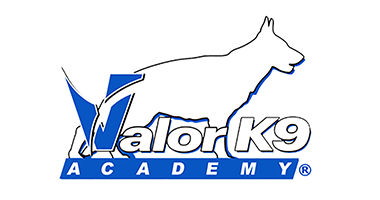
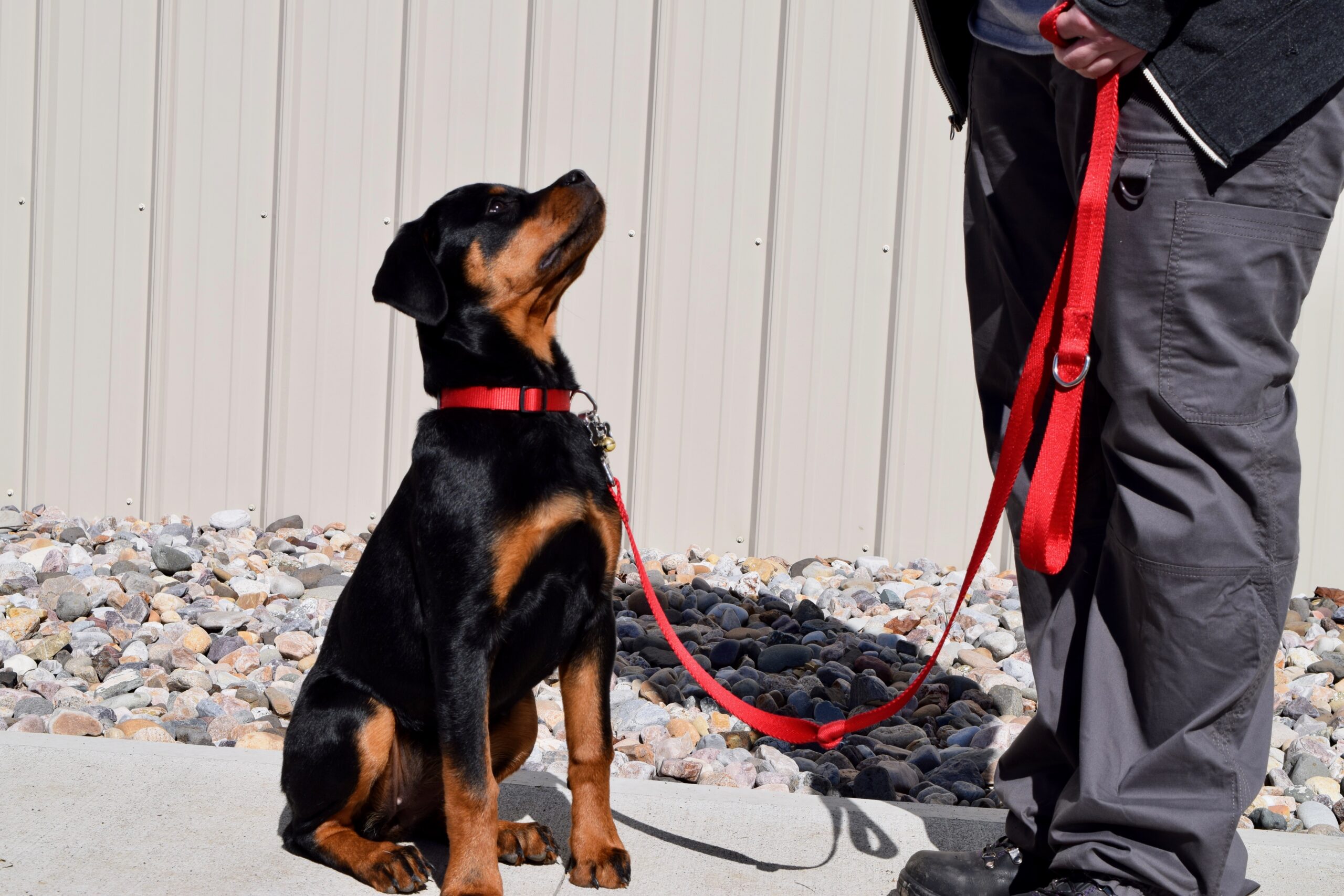






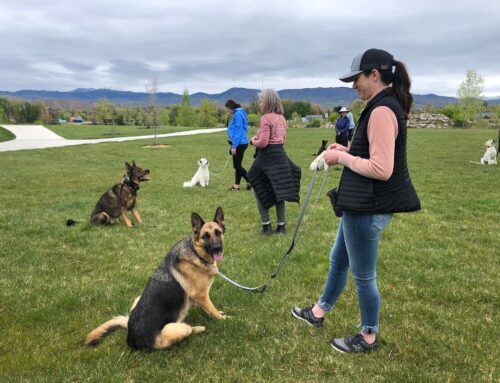
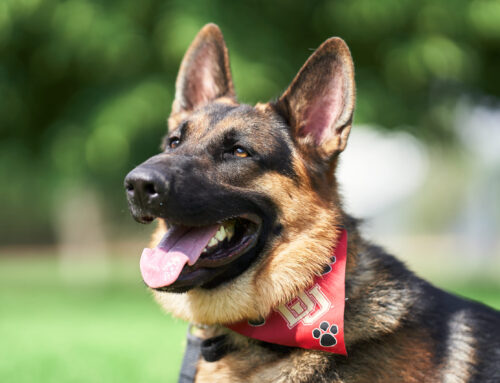
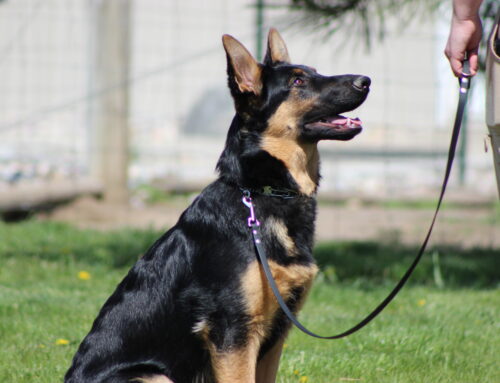
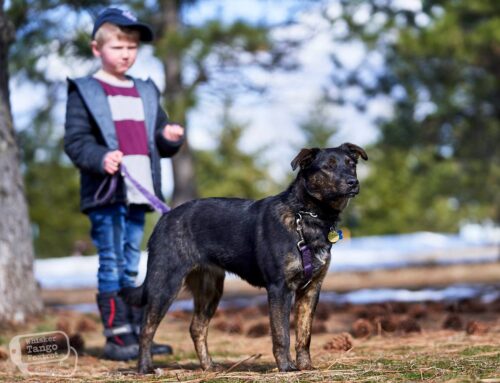
Leave A Comment